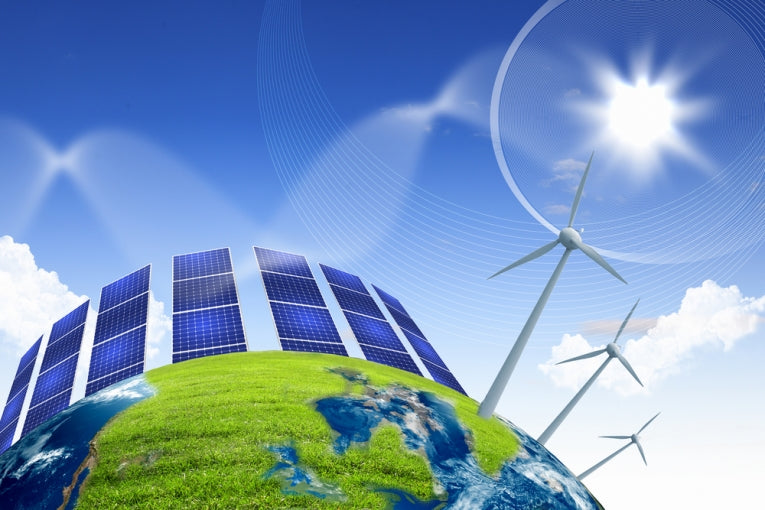Do we need to store electricity from solar power? If the amount of power entering the system varies, then the system has to adapt by developing new storage solutions. If governments stick to current energy goals, with a 50% share for renewable energies by 2030 (in Europe for example) or will a further development of renewables bring them up to two-thirds of the supply, in Germany for example.
The secret is in new high performance (and high-temperature) batteries and power-to-gas technology (hydrogen and methane storage.) These technologies are still in the cradle as far as development is concerned, so one of the old solutions could be simple water-pumping. Stored in a higher reservoir, water has the energy to slowly release energy when required as it drives turbines on the way down to a lower reservoir.
A better solution is to make your electricity cheaper when the sun is shining and consumers will switch off when it's expensive! Natural gas has a part to play in many economies as we use up fossil fuels. Before we attain the 80% level of renewable energy use, that gas could be a useful factor in regulating electricity production. After that, compressed air storage would take over, in the opinion of Norman Gerhardt, who is head of the Energy Economy and Systems Analysis group at the Fraunhofer Institute in Kassel. He asserts that the air would be stored in caverns, then released to power turbines, say in northern Germany where there are many suitable salt domes underground.
Experts have their faults however, in that their predictions tend to be optimistic. The switch to renewables would use power plants currently running at the limits of profitability. There is presently a desperate need for storing photovoltaic power. Cheap electricity pays for the pumping of water in their storage systems, but competition with the photovoltaics is also causing problems. Germany was hoping to use Norwegian reservoirs to store water energy but the Norwegians reject the environmental disruption this will cause.
When German wind power reaches 25 gigawatts of production in 2030, the electricity grid will have the solar power storage problems doubled. Rapid reaction times will be needed with new technology to change storage options within milliseconds in a power-to-gas system.
Batteries also come into focus for household use. Solar panels need this storage so that people can consume more of their own electricity. Government sponsorship is already active for households who receive 660 euros per kilowatt produced for their battery purchase. Remote control of these batteries will also help grid operators to stabilise their system.
Taking all of these problems together, there is an appearance of normality, but when the switches come, some of these transitions could be seriously troubling without the intense planning that is obviously taking place, in Germany at least. There's a lot of reading in New Energy magazine, who publish many articles on renewables.










